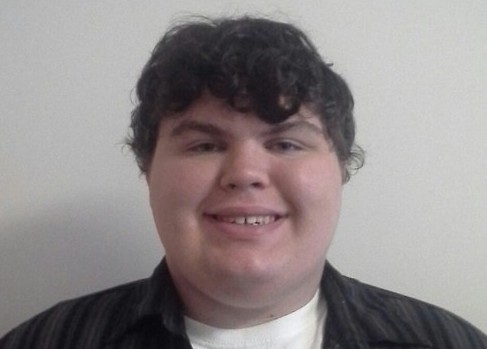
Niantic Inc.’s “Pokemon Go” was one of the most highly anticipated mobile games before its release, and it’s no wonder as of writing this article it has 50 million downloads, according to its Google Play Store page. The game had a near-overnight success, as Nintendo’s stock rose $17 billion after its release, according to Forbes. The app generated a large following of fans, some of whom were no longer fans of the Pokemon franchise — like my brother — or were never even fans in the first place. Many, like Curtis Silver of Forbes, praised the game for getting people to go outside and interact with each other. Others, like Jen Carlson of the Gothamist, decry the game as a youth culture “zombie apocalypse.” However, even she admits that “Pokemon Go” is a huge success. Its overnight success is more interesting, and not just because of how popular the Pokemon franchise is, though that is a big contributor.
The major praise I’ve heard about “Pokemon Go” is it gets people outside to exercise and interact. For example, the main goal of the game is to catch Pokemon. Pokemon are generated throughout Niantic’s servers, and are then populated around a real-world map, which the game uses to tell if a player is close to a Pokemon. If a Pokemon is close enough to a player, it will spawn on their phone, allowing them to catch it. Since Pokemon can spawn all over the map, a player can get more Pokemon if they go places and look around. The real-world map is also populated by Pokestops, which are landmarks or places of note that give players items like experience points and Pokemon eggs when visited. Also important is the game’s team system, aligning players to one of three teams — Valor, Instinct or Mystic — and the other players on that team.
Eggs are the focus of a secondary game system which encourages walking. Each Pokemon egg will only hatch after the player has walked a certain distance with the app on, usually 2, 5 or 10 kilometers. The app conveniently uses a power-saving feature to help the walk be less intensive on their phone’s battery. And Niantic has caps in place to prevent cheating with a motorized vehicle. As Heavy.com notes, the app has a speed limit of about 15 miles per hour, meaning players won’t get results from riding in a car to hatch their eggs.
Where the game really shines, though, is in how it has brought people and businesses together. Here in town, Tru Yo has been taking full advantage of the app, letting players know through Facebook when they have lures active on their Pokestops. According to Tru Yo’s Facebook page, they hosted a team-themed competition on July 13 — whichever of the in-game teams had control of a nearby gym later that day would give all of its members a discount, provided they could prove they were a team member. And Tru Yo is not the only business to acknowledge the app’s existence. On a recent visit to the Missouri History Museum in St. Louis, I saw a sign posted in the lobby that read, “Pokemon have been spotted in our exhibits! Be conscious and respectful of other visitors — not everyone is here for Pokemon. Watch your step in the exhibits. Some of these Pokemon might be rare, but our historical artifacts are even rarer!” Many businesses are taking advantage of “Pokemon Go” and its ability to gather people, to varying levels of success.
Despite all this praise, the app does have problems with public relations and customer support. Fans, such as those at the Twitter PokemonGoNews, have noticed Niantic’s response to support emails might violate their agreement with Google. Or rather, their lack of response. Google Play’s Developer Distribution Agreement requires developers to respond to support requests within 24 hours. However, players have said they received automated emails, which suggests the support account is unmonitored. The game is also plagued by unstable servers and glitches that can ruin part of the experience. These glitches include one that makes tracking down Pokemon impossible. Although the game includes a list of “nearby Pokemon” in the bottom-right corner, the game’s distance counter — footsteps which tell players how close or far away Pokemon are — were stuck at three steps for several weeks. Many players started to call it the “three step bug” because of this. Niantic released a statement August 2, at which point they said they were removing Pokemon tracking entirely until they could fix the issue.
Niantic also took what many players thought was an unnecessary stance when it came to third-party Pokemon tracking services. In the wake of the three step bug, many players took to websites like pokevision or pokehuntr, which looked at Pokemon Go’s maps directly to find out where Pokemon were on the map. This allowed players to look at Pokemon in real time to go and get them. While these third party apps were technically cheating, few expected Niantic to take action about them. However, in the same Facebook post as before, Niantic explained these third party apps were conflicting with their ability to bring the game to other countries, but did not explain beyond that.
“Pokemon Go” has taken the Pokemon franchise’s popularity to influence people to exercise and interact with each other. The game itself directly asks people to get out and move, and it seems to be working with all the fanfare the game has received. However, where the game has its successes, Niantic’s inability to interact with fans and explain their situation with bugs and third party resources has left a sour taste in many players’ mouths. Only time will tell if the game will survive this neglect from its creators.
